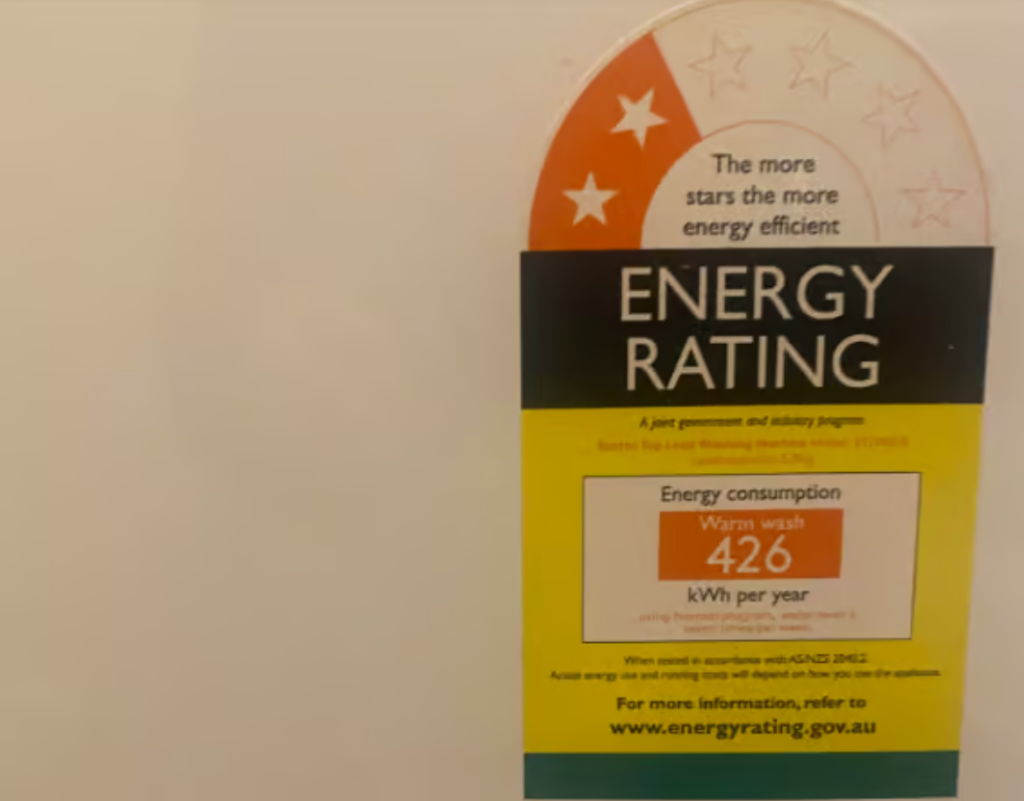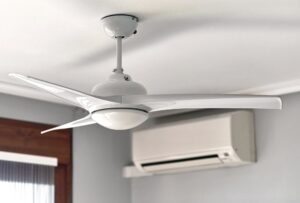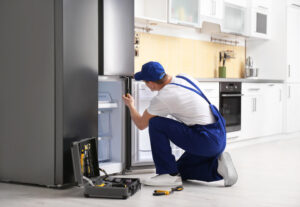The Energy Rating Label in Australia is a mandatory label that helps consumers compare the energy efficiency of different appliances. It uses a star rating system, with more stars indicating higher energy efficiency. The label provides information on the estimated annual energy consumption and energy efficiency rating of the appliance, allowing consumers to make informed choices when purchasing appliances.
The Energy Rating Label covers various appliances such as refrigerators, freezers, dishwashers, washing machines, dryers, air conditioners, and televisions. It is an effective tool for Australian consumers to select energy-efficient appliances and reduce their energy consumption.
When shopping for energy-efficient appliances in Australia, look for the Energy Rating Label on the product or consult the manufacturer’s energy efficiency information. By considering the star rating and estimated annual energy consumption, you can make informed decisions and choose appliances that will save you energy and money in the long run.
Consider the Energy Consumption
To ensure energy efficiency, it is essential to assess the energy consumption of appliances. Look for the energy consumption data provided by the manufacturer.
This information allows you to compare the energy usage of different models and choose the one that consumes less energy while maintaining the required performance levels. Pay attention to the annual energy consumption estimates, as they give you an idea of the appliance’s long-term energy usage.
When considering energy consumption, it’s important to note that different appliances have varying levels of efficiency within their categories. For example, in refrigerators, models with top or bottom freezers tend to be more energy-efficient than side-by-side models. Similarly, front-loading washing machines generally use less energy and water compared to top-loading machines.
Look for Energy-Saving Features
Energy-saving features can significantly contribute to the overall energy efficiency of appliances. When selecting an appliance, keep an eye out for features such as adjustable temperature settings, programmable timers, and sensors that optimise energy usage. For example, refrigerators with smart defrost technology can automatically adjust defrost cycles based on usage patterns and minimise energy consumption.
In the case of washing machines, look for models with load-sensing capabilities that adjust water levels according to the size of the load. Dishwashers with efficient spray jets and soil sensors can optimise water and energy usage by adjusting the cycle length and intensity based on the cleanliness of the dishes.
Assess the Size and Capacity
Choosing the right size and capacity for your needs is crucial in optimising energy efficiency. Oversized appliances not only waste valuable space but also consume more energy than necessary. Assess your requirements and select an appliance that suits your needs without being excessively large. This way, you can avoid unnecessary energy usage and maximise efficiency.
For refrigerators, consider your family size and daily food storage needs. A larger refrigerator may seem appealing, but if it exceeds your requirements, it will consume more energy to maintain temperature levels. Similarly, when purchasing air conditioners, choose the appropriate size for the room you want to cool. An oversized air conditioner will cool the room quickly but may result in frequent cycling, leading to higher energy consumption.











